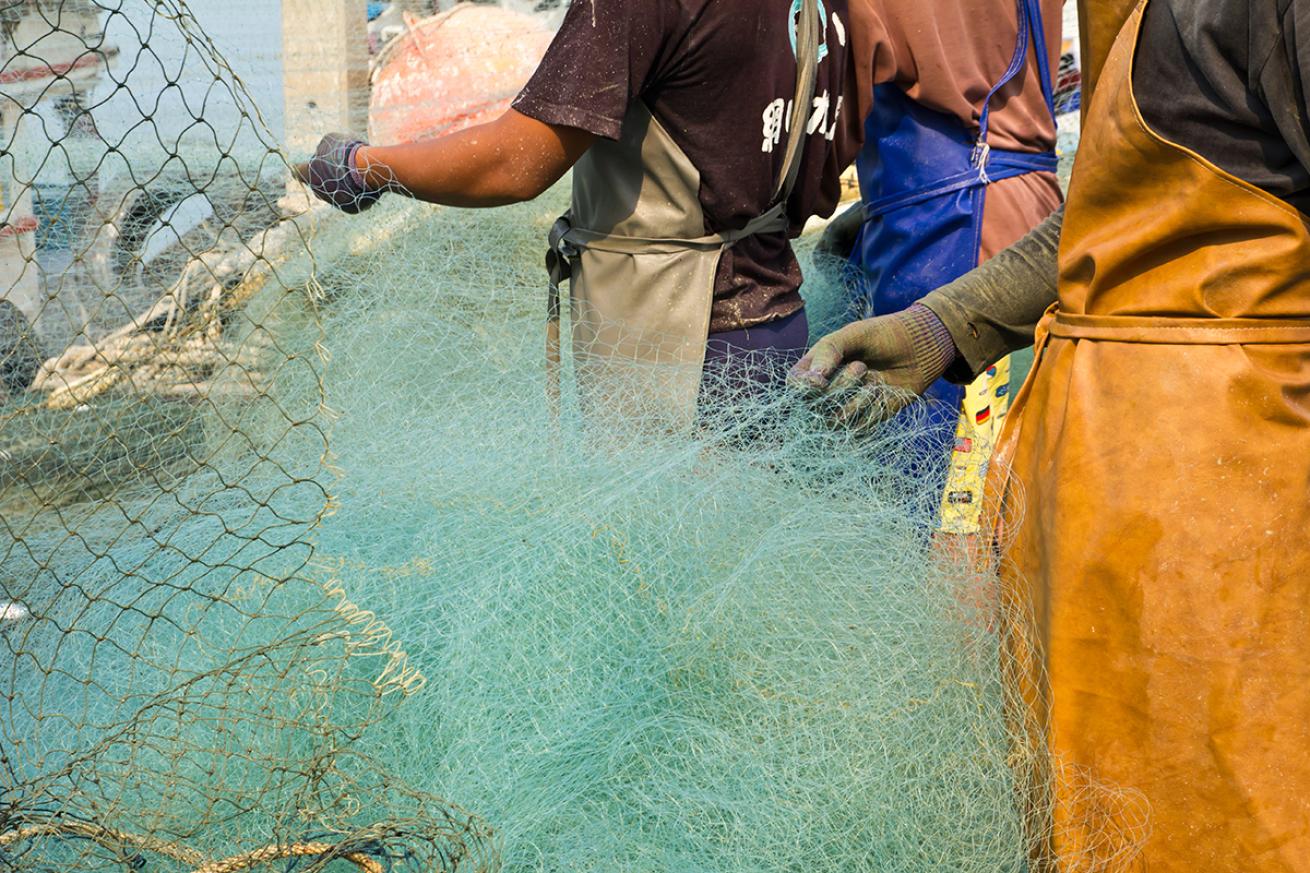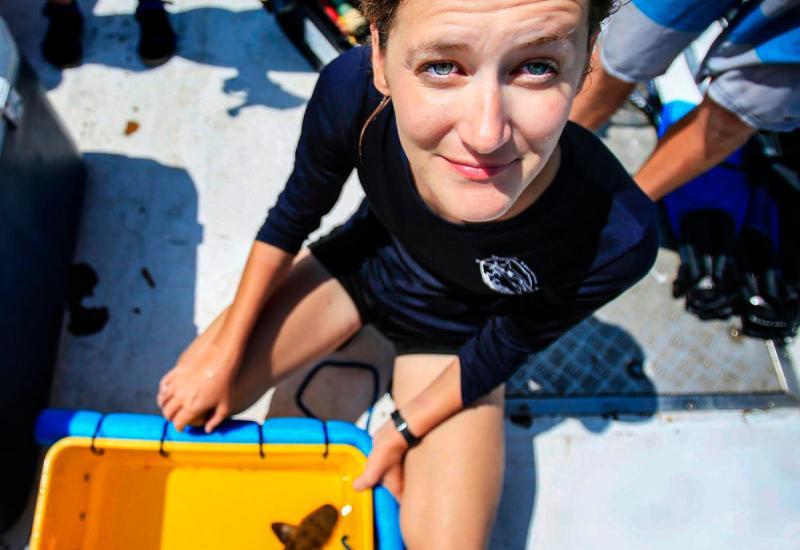Bottom Trawling Releases as Much Carbon as Global Aviation, Study Says

Shutterstock.com/MarkusoBottom trawling produces more carbon emissions than the nation of Germany, study author Dr. Enric Sala tells the New York Times.
As much carbon is released by bottom trawling every year as is emitted by the (pre-COVID) global airline industry, according to a first-of-its-kind study.
The heavy nets dragged along the ocean floor to catch fish unleash a gigaton of carbon into the water annually, estimate the study’s 26 researchers. This is the “equivalent of ploughing an old-growth forest into the ground, over and over and over again until there is nothing left,” Dr. Enric Sala, the study’s lead author and a National Geographic explorer-in-residence, tells Time. China, Russia, Italy, UK, Denmark, France, the Netherlands, Norway, Croatia and Spain are the top ten countries for carbon trawling emissions.
The ocean is the world’s largest carbon sink, absorbing about a quarter of carbon emissions every year, leading to rising ocean temperatures and acidification while decreasing biodiversity. Additional carbon stands to intensify these issues while further decreasing the carbon levels the ocean can continue to absorb.
“It’s wiping out biodiversity, it’s wiping out things like deep sea corals that take hundreds of years to grow,” Dr. Trisha Atwood, a study author and aquatic ecologist at Utah State University, tells the New York Times. “And now what this study shows is that it also has this other kind of unknown impact, which is that it creates a lot of CO2.”
Less than 4 percent of the ocean would need to be protected to eliminate 90 percent of the current risk of carbon disturbance from bottom trawling, according to the study.
“One notable priority for conservation is Antarctica,” Dr. David Mouillot, a report co-author and a professor at the Université de Montpellier in France, tells The Guardian. “[It] currently has little protection but is projected to host many vulnerable species in the near future due to climate change.”
Atwood is continuing the research trawling carbon emissions though a study into whether the carbon released from the bottom of the ocean ultimately makes its way into the air. “A large proportion” likely does, according to preliminary data, Atwood tells the Times.
Researchers did not set out to assess how trawling impacts the carbon cycle, only adding the analysis when mandated by an external reviewer at Nature. The initial aim was to map humanity’s impact across ocean. Researchers broke down the entire ocean in to 50 square kilometer “pixels” to measure how it “contributes to global marine biodiversity, fish stocks and climate protection, based on a complex analysis of location, water temperature, salinity and species distribution, among other factors” and how much carbon it absorbs, reports Time.
Using this method, the team found protecting strategic parts of the ocean can reduce carbon emissions and marine animals while increasing fishery catches. Areas where fishing cannot occur act as oceanic nurseries, allowing fish populations to rebound.
“Ocean life has been declining worldwide because of overfishing, habitat destruction and climate change,” Sala tells The Guardian. “In this study, we’ve pioneered a new way to identify the places that – if strongly protected – will boost food production and safeguard marine life, all while reducing carbon emissions.”
Sala is a leading figure in the 30 by 30 movement, a global push to designate thirty percent of the ocean as protected by 2030. To date, about 7 percent of the ocean is protected in some way and less than 3 percent is strongly protected. His most recent study is a compelling reason to fulfill the goal, he says: “It’s clear that humanity and the economy will benefit from a healthier ocean. And we can realize those benefits quickly if countries work together to protect at least 30 percent of the ocean by 2030.”
In January, President Biden signed an executive order pledging to have 30 percent of America’s land and waters protected by the 2030 mark. More than 50 countries have made similar commitments to date, and the goal is likely to be adopted at the UN’s biodiversity conference in China later this year.










